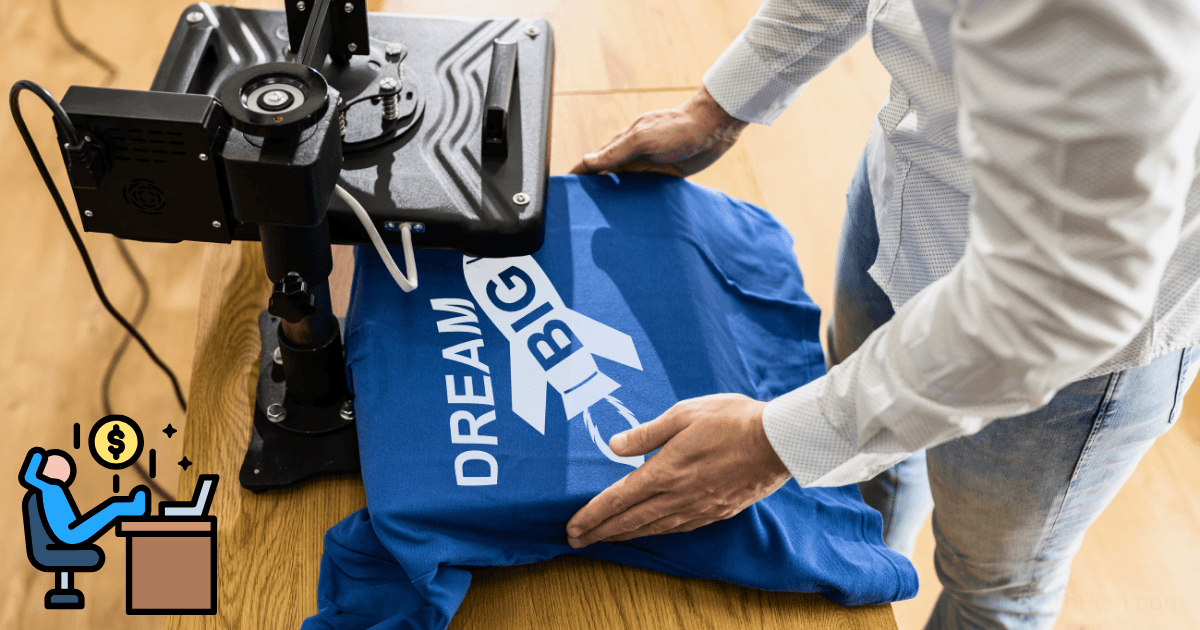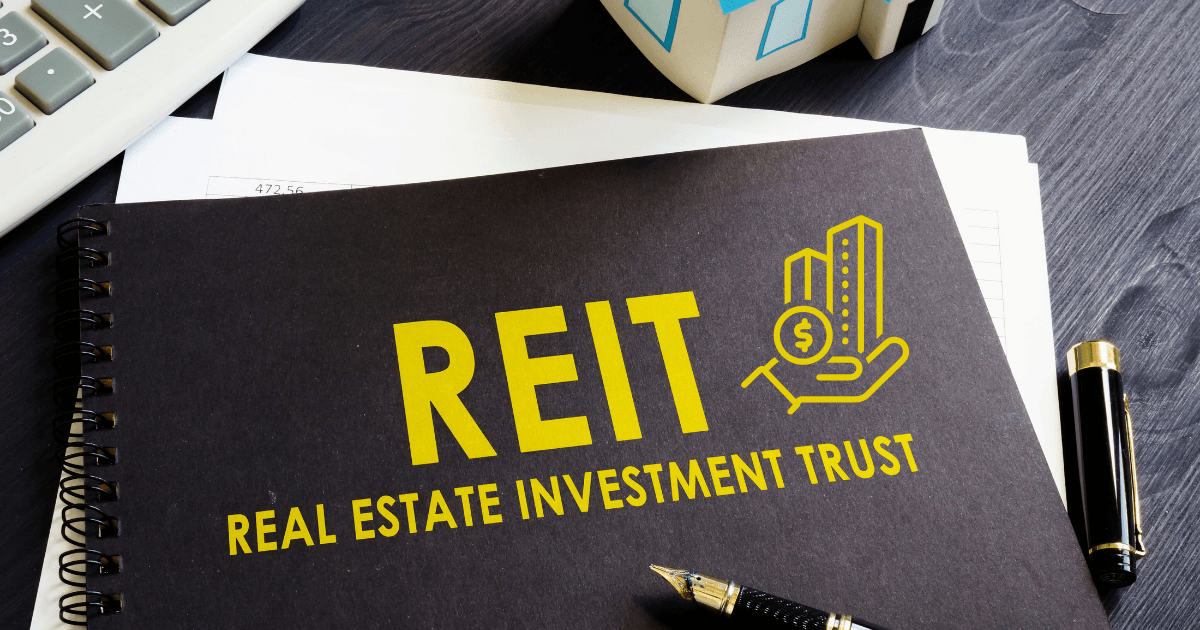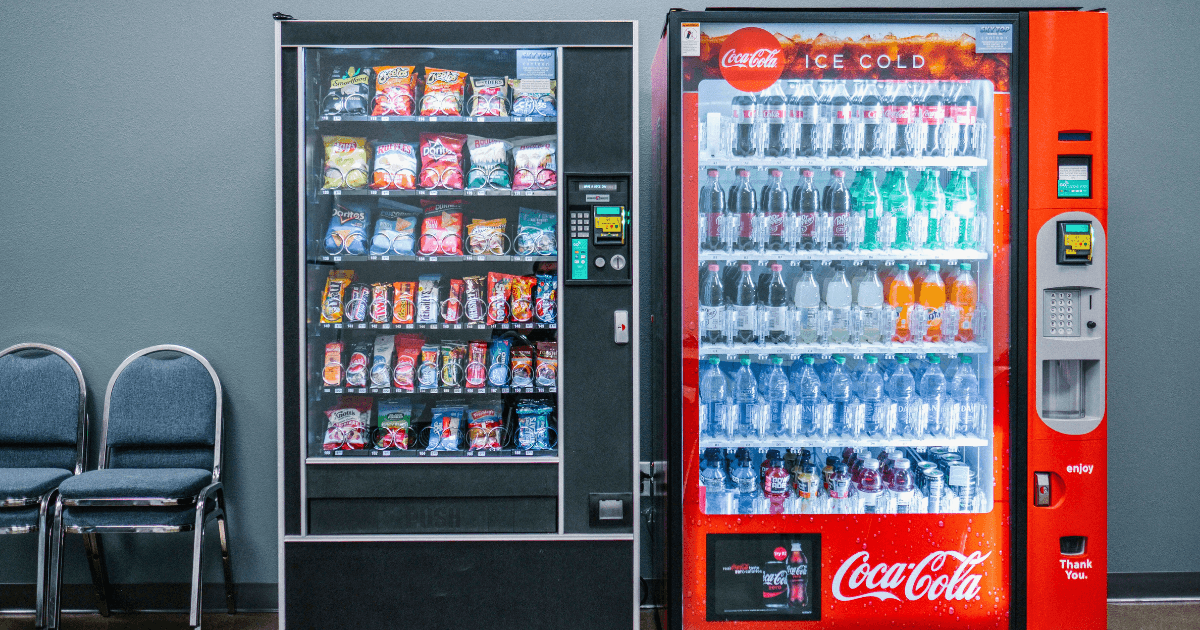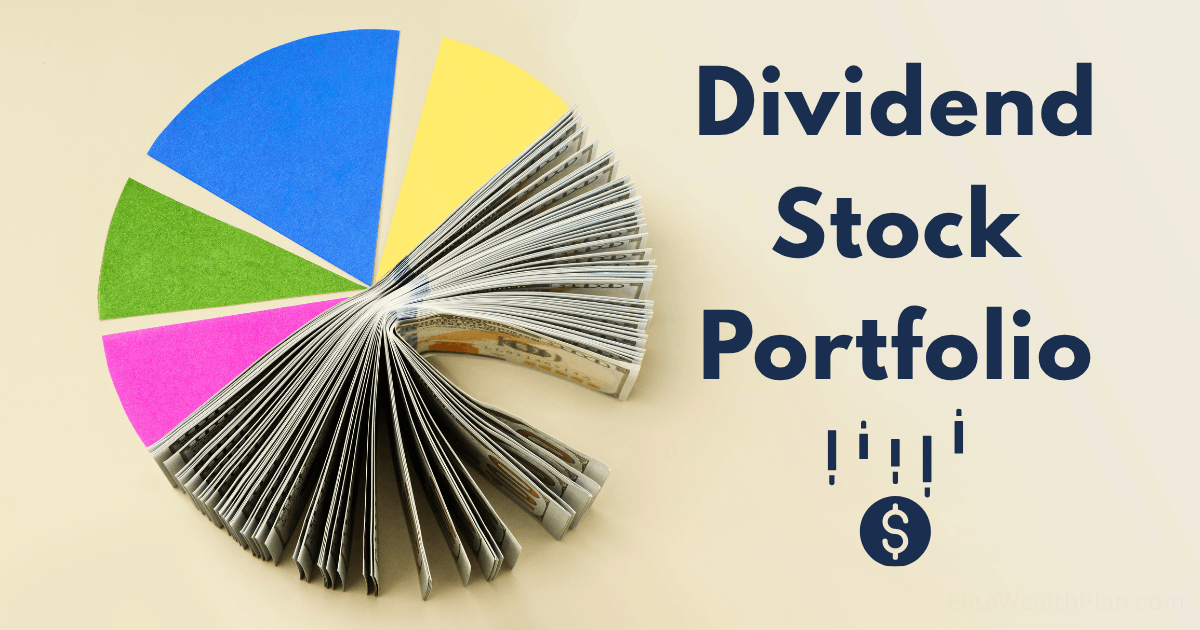Virtual Real Estate: How I Built a $2,000/Month Rental Property Business Without Physical Assets
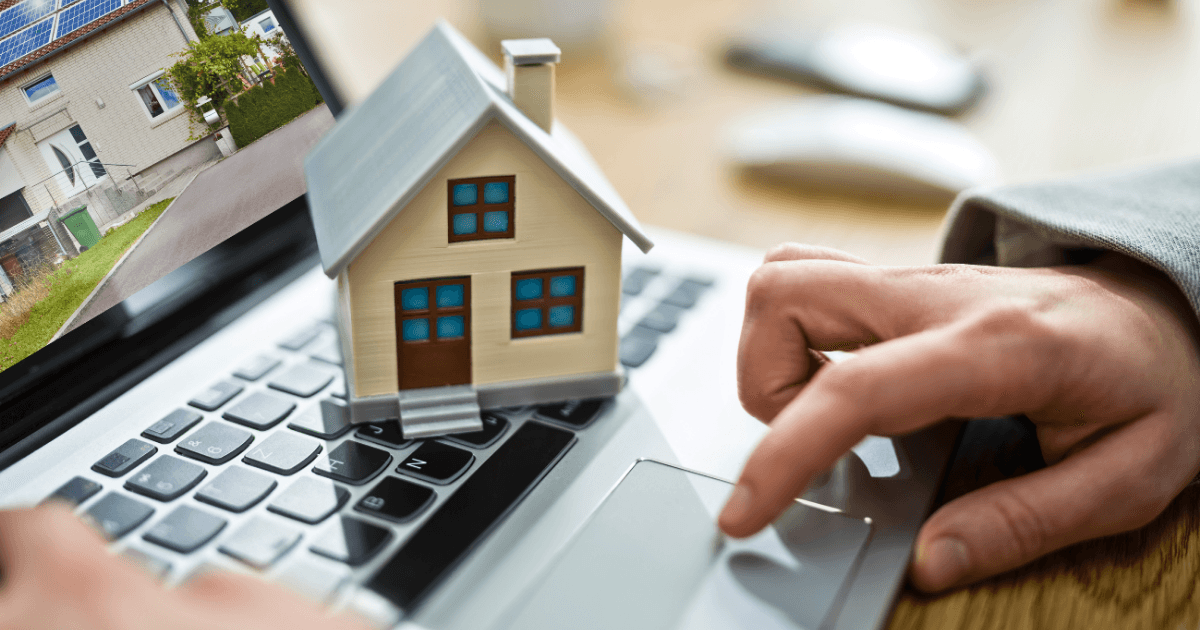
Three years ago, I was stuck in the same cycle as countless aspiring real estate investors: watching property prices soar beyond my reach while desperately trying to save for a down payment that seemed to grow more unattainable by the month. Traditional real estate investing felt like a game designed for people who already had money—not for someone starting with limited capital like me.
Today, I generate over $2,000 in monthly passive income from my “property portfolio,” but I’ve never unclogged a tenant’s toilet, dealt with a leaky roof, or worried about property taxes. My journey into virtual real estate—digital assets that generate real-world income—transformed not just my financial situation but my entire perspective on what it means to be a “landlord” in the digital age.
The Digital Real Estate Revolution
While everyone was fighting over physical properties, a parallel real estate market has been quietly booming. According to Radiance Tech LLC, the virtual real estate market is projected to reach a staggering $1 trillion by 2025. Digital property prices have already increased by 400% to 500% in recent years, according to Andrew Kiguel, CEO of Tokens.com.
But I’m not talking about speculative metaverse land or NFTs—I’m focused on digital assets that generate consistent monthly income right now. My approach combines the best principles of traditional real estate investing (cash flow, appreciation, leverage) with the advantages of digital assets (low entry cost, location independence, scalability).
My Virtual Real Estate Portfolio Breakdown
Let me show you exactly what my $2,000/month digital property portfolio looks like:
Asset Class 1: Content Websites ($1,100/month)
My highest-earning digital properties are content websites that generate income through advertising, affiliate marketing, and digital product sales:
- Home improvement comparison site – $650/month
- Personal finance reviews – $450/month
These websites work exactly like rental properties—they occupy valuable digital “land” (their domain names and search rankings) and collect “rent” (advertising and affiliate revenue) from visitors. The best part? Unlike physical tenants, digital visitors never complain, and your properties can serve thousands simultaneously.
Asset Class 2: Digital Product Rentals ($550/month)
Just as you might rent out a physical property, I “rent out” digital products:
- Online Course Platform: $350/month from subscription access
- Software Templates: $200/month from licensing fees
These digital products required significant upfront work to create, but now generate income with minimal ongoing maintenance—similar to renovating a property once and collecting rent for years.
Asset Class 3: Domain Portfolio ($350/month)
My domain portfolio consists of 15 premium domain names leased to businesses:
- Industry-specific keyword domains: $250/month
- Brandable short domains: $100/month
Domain leasing works exactly like land leasing in physical real estate—companies pay monthly to use the digital property without owning it outright.
The 5-Step Blueprint I Used to Build My Virtual Real Estate Business
Step 1: Market Research and Niche Selection
Just as location is everything in physical real estate, niche selection is crucial in digital real estate. I spent three weeks researching potential niches using tools like Ahrefs, SEMrush, and Google Trends to identify markets with:
- High commercial intent (visitors looking to buy)
- Reasonable competition (not dominated by major brands)
- Sustainable demand (not just trending topics)
Pro Tip: Look for niches with high-value affiliate programs or advertising rates. The “rent” your digital property can command depends largely on the monetization potential of your visitors.
Step 2: Acquisition vs. Development
In traditional real estate, you can buy existing properties or build new ones. The same applies to digital real estate:
Acquisition: I purchased my first content site for $4,500 from Empire Flippers, a marketplace for established websites. It was already generating $250/month, giving me an immediate 5.5% monthly return—try finding that in physical real estate!
Development: For my second site, I built it from scratch for about $1,500 (domain, content, design). This took longer to generate income but provided higher returns once established.
According to ARK7, both strategies have merit, but acquisition provides faster cash flow while development offers higher long-term ROI.
Step 3: Renovation and Optimization
Just as you might renovate a physical property to increase its value, I “renovated” my digital assets:
- Improved user experience and site speed
- Enhanced content quality and depth
- Optimized for search engine visibility
- Added multiple monetization channels
These improvements increased my monthly revenue by 40-70% within three months, similar to how strategic renovations can increase rental rates for physical properties.
Step 4: Tenant Acquisition (Traffic Generation)
A vacant property earns nothing. In digital real estate, your “tenants” are visitors, and you need a steady stream of them. My traffic generation strategy focused on:
- Search Engine Optimization (SEO): 70% of my traffic comes from Google
- Email List Building: 15,000+ subscribers who visit regularly
- Strategic Partnerships: Cross-promotion with complementary sites
Unlike physical real estate, digital properties can accommodate unlimited “tenants” simultaneously, creating virtually unlimited income potential.
Step 5: Property Management Systems
The true passive nature of my digital real estate business comes from the systems I’ve built:
- Content Management: Freelance writers and editors maintain the sites
- Technical Maintenance: Monthly service from a WordPress maintenance company
- Customer Support: Outsourced to a virtual assistant for 5 hours/week
- Analytics and Optimization: Automated reporting and quarterly strategy reviews
I spend less than 5 hours per month overseeing the entire operation, making this truly passive income.
Financial Breakdown: The Numbers Don’t Lie
Let’s compare the economics of my virtual real estate business to traditional real estate:
| Metric | Virtual Real Estate | Traditional Real Estate |
| Initial Investment | $15,000 total | $50,000+ (20% down on $250k property) |
| Monthly Gross Income | $2,000 | $1,800 (typical rent on $250k property) |
| Monthly Expenses | $300 (hosting, maintenance, VA) | $1,200 (mortgage, taxes, insurance, maintenance) |
| Net Monthly Income | $1,700 | $600 |
| ROI (Annual) | 136% | 14.4% |
| Time Investment | 5 hours/month | 15+ hours/month |
| Scaling Requirement | Minimal additional capital | Another large down payment |
The comparison is striking. My virtual real estate business generates nearly 3x the cash flow with less than 1/3 of the initial investment and significantly less time commitment.
Getting Started: Your First Virtual Property
Ready to dip your toe in the virtual real estate market? Here’s how to get started with just $1,000:
- Start with a niche site: Purchase a domain ($10-15) and hosting ($100/year)
- Create or outsource foundational content: 10-15 high-quality articles ($500-700)
- Implement basic monetization: Affiliate programs and ad networks (free to join)
- Learn basic SEO: Focus on low-competition keywords to attract initial visitors
- Reinvest early profits: Expand content and monetization channels
This starter strategy can generate $200-500 monthly within 6-12 months, which can then be reinvested to scale your portfolio.
The Future of Virtual Real Estate
The digital property market is evolving rapidly. According to OSL, emerging opportunities include:
- AI-enhanced content properties that create new material automatically
- Tokenized digital assets that allow fractional ownership
- Cross-platform digital properties that exist in multiple online ecosystems
- Hybrid physical-digital assets that bridge traditional and virtual real estate
By building your digital portfolio now, you’re positioning yourself at the forefront of this revolution—similar to those who invested in physical real estate in developing areas before prices skyrocketed.
Conclusion: The New Landlords Don’t Own Land
The concept of “real estate” is undergoing a fundamental transformation. In an increasingly digital world, valuable property isn’t limited to physical land and buildings. The new generation of successful real estate investors understands that income-producing assets come in many forms—and some of the most profitable don’t require physical space at all.
My journey from aspiring traditional real estate investor to digital property portfolio owner has taught me that the principles of successful investing remain the same: find undervalued assets, improve them, maximize their income potential, and systematize their management. The only difference is that I’m applying these principles in the digital realm, where the barriers to entry are lower and the potential returns are higher.
If you’re frustrated by the increasingly unattainable traditional real estate market, perhaps it’s time to expand your definition of “real estate” and explore the virtual frontier. The digital landscape is vast, the competition is still relatively low, and the opportunity to build a significant passive income stream has never been greater.
What digital assets will you add to your portfolio this year?
Common Objections and Reality Checks
Let me address some skepticism you might have:
Initially, yes—building or renovating digital assets requires work. But so does finding, purchasing, and renovating physical properties. The difference is that digital assets can be more thoroughly systematized and outsourced, creating truly passive income once established.
Digital assets certainly face risks from algorithm changes, market shifts, and competition. However, by diversifying across multiple platforms and revenue streams, I’ve created stability. Additionally, I can pivot a digital asset much more quickly and inexpensively than I could renovate or repurpose a physical property.
According to Your OKC Property Manager, digital real estate is still in its early growth phase. As more of our lives and commerce move online, valuable digital properties will likely appreciate significantly. My oldest digital assets have consistently increased in both income and valuation over four years.



